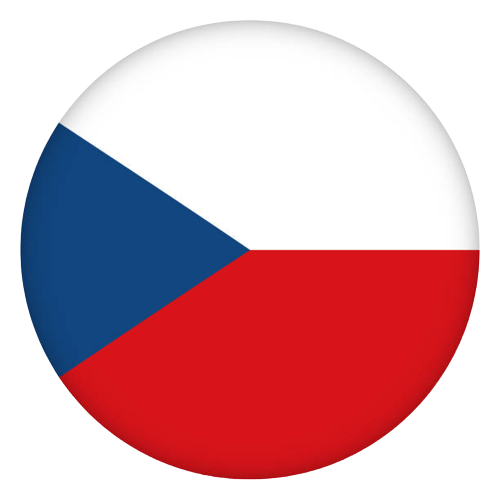History of the Building
History of the Mozart Prague
The Mozart is located in a beautiful building called Pachtuv Palace. “Pachta” was the last name of the rich Count who started the construction works of the palace in 1765.
But let’s start at the beginning.
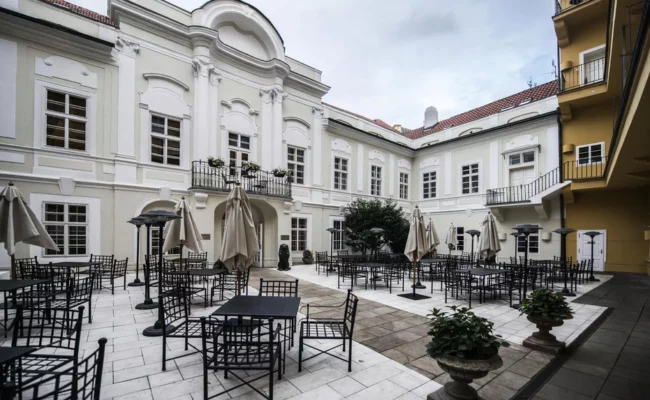
The most beautiful Rococo building in Prague
In 1770, another Count Pachta, Jan Nepomuk, started the reconstruction still visible today with rococo motives, beautiful statues, frescoes, and a fountain in the courtyard.
Count Pachta hired one of the best architects of his time, Jan Josef Wirch, who also designed The Archbishop’s palace close to Prague Castle, the Jesuit college, the Charles University hospital, and another palace closer to Old Town’s square, where the Pachta family had the right to mint coins.
The Palace was built around a courtyard, with the Northern entrance adorned with beautiful sculptures by Ignaz Franz Platzer, the leading representative of Bohemian late-Baroque sculpture, that are still visible today.
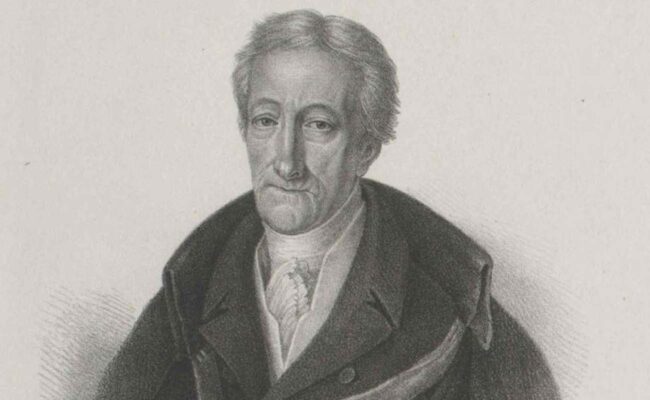
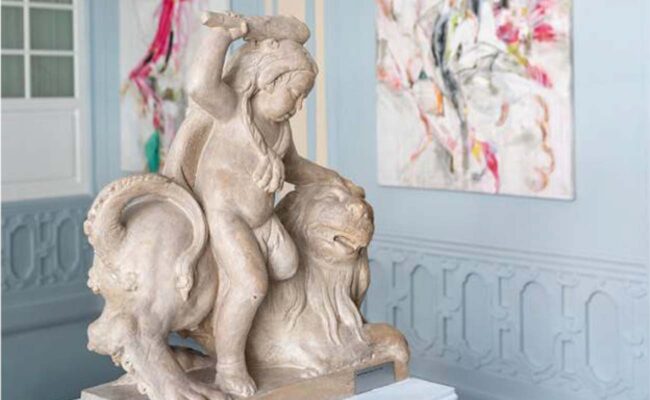
Josefine de Canal Pachta:
muse of Mozart and Casanova
In 1790 Count Pachta married Josefine de Canal, a young and beautiful Countess famous for her love for art and music. She was the center of attention at the soirées organized at the palace: Josefine was educated, rich, and beautiful and soon caught the attention of many of the palace’s regular guests. Among them was Giacomo Casanova, an Italian writer and adventurer who, in 1787, dedicated her a poem:
To Josefine Pachta of Rajov,
daughter of Count Canal de Malabaile
“As beautiful as Venus, as refreshing as the dawn, capable of enchanting thoughts and arousing the admiration of the soul, I present to you a flower that aspires to the honor of decorating your chest, which only there can live happily”
Countess Josefine met Mozart at Teplice, a small city famous for its hot springs.
Mozart knew about Count Pachta and his love for the arts from another famous musician, Josef Mysliveček: this Czech artist was known as “the divine from Bohemia” and was particularly appreciated in Italy, where he lived and performed for many years. Mysliveček met Mozart in Bologna in 1777.
Wolfgang Amadeus Mozart and his wife Constanze were regular guests of Count Pachta.
Mozart believed that he had finally found his orchestra in Prague, so he often came here in his later years.
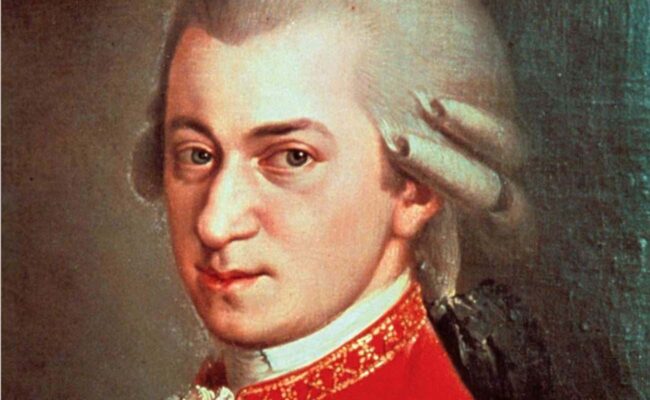
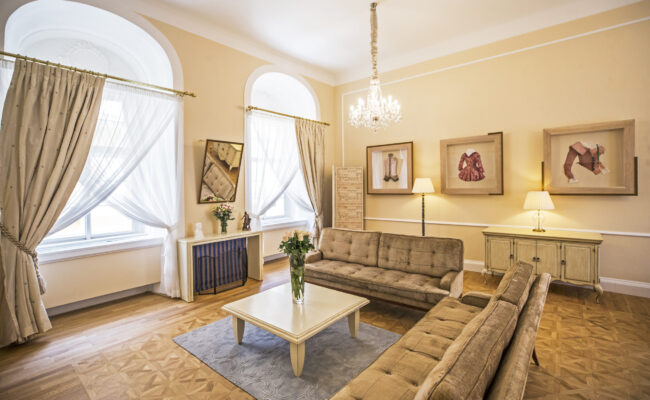
The German dances were composed at The Mozart
Many noble families offered Mozart and his family hospitality during his stay in Prague: the musician was a superstar at the time, and many wealthy patrons competed for his favors.
Among the families that hosted Mozart in Prague were also the Pachtas. Count Pachta was a music lover and an admirer of Mozart.
Mozart, Casanova, and the Don Giovanni
Do you know that the world premiere of Don Giovanni was performed at the Estates Theater in Prague? It was 1787 when Mozart himself directed one of his most famous operas in this theater. This is the only theatre left standing where Mozart performed. The protagonist of this opera, Don Giovanni, is probably inspired by Giacomo Casanova, whom Mozart met in Italy and, we like to think, in Prague.We like to think so.
The space that today is the restaurant in 1848 was a lively Cafe called Slovanska Kavarna, the Slavic Cafe: the Cafe was the meeting point of young revolutionaries and was often the theater of heated confrontations, debates, and even riots.
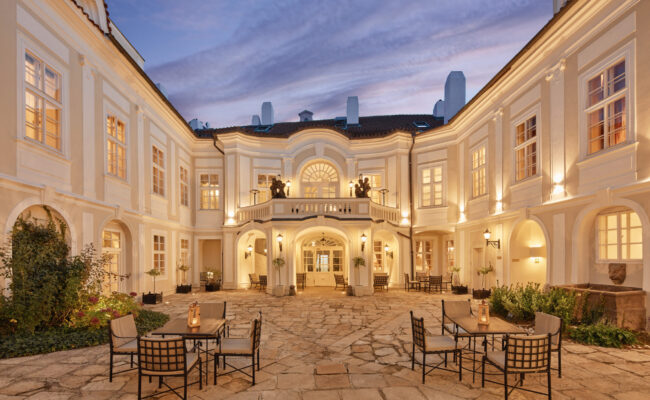
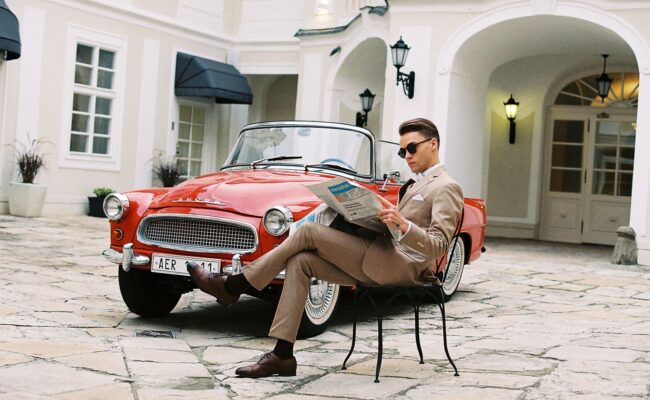
The second courtyard and Jirasek House
The original palace garden, which stretched down to Vltava River was heavily altered in 1836 when Count Pachta constructed a luxurious Neoclassical apartment building around a second courtyard. The new palace was known as “Jirasek House.” It was named after the famous and respected Czech neurosurgeon Arnold Jirásek, who lived in the building with his wife. Today this is the front facade of the hotel.
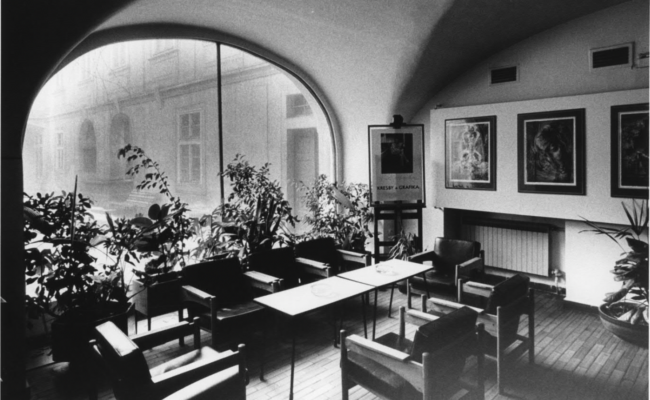
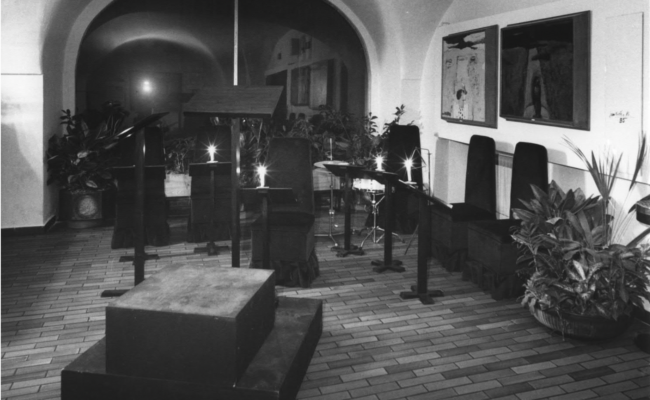
Vaclav Havel and the Theater Na zábradlí
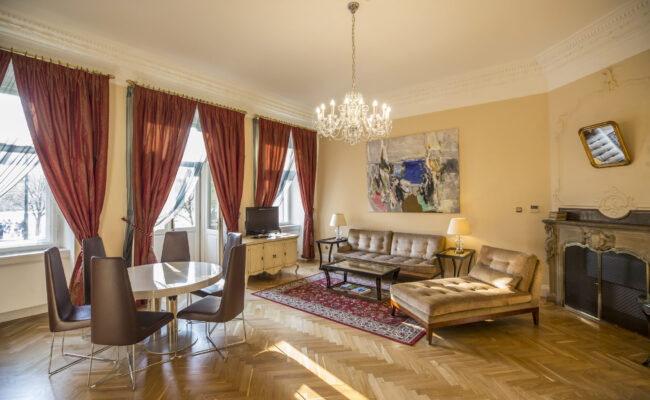
The Mozart today
In 2000 Pachtuv Palace was bought by a French investor, Mr. Jean Francois Ott, who reunited the property as one. The first hotel that opened in 2004 was called Pachtuv Palace; in 2015 the property was rebranded as Smetana Hotel.
In 2021 the hotel was renamed as The Mozart, and its 70 beautiful rooms and suites were open again to Guests from all around the world.
Pachtuv Palace has a history of hospitality for 375 years long: famous and ordinary people have lived in the unique atmosphere of this rococo palace that is now ornate with contemporary art by Czech artists.
A rich calendar of events awaits Guests and Friends of The Mozart in 2022: art shows, concerts, pop-ups in the name of beauty and hospitality.
